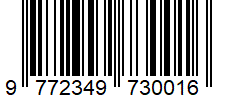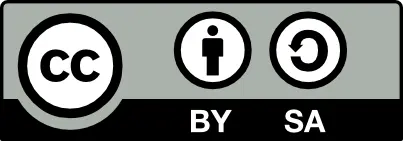Enhanced EHACBLalign - GCN Method for Protein Remote Homology Detection and Fold Recognition
Authors: Gopinath Krishnaraj, Rajendran Gurusamy
Country: India
Full-text Research PDF File:
View |
Download
Abstract:
Protein Remote Homology Detection and Fold Recognition is a fundamental task in bioinformatics, essential for understanding protein functions, facilitating drug discovery, and annotating genes. Traditional approaches, such as Convolutional Neural Networks (CNNs), often face challenges in processing the vast and complex data associated with protein sequences, leading to difficulties in accurately recognizing protein homologies. This paper introduces a novel approach leveraging Graph Convolutional Networks (GCNs) to address this challenge and to prune uninformative edges within the graph, effectively reducing noise and enhancing the accuracy and efficiency of homology detection. By embedding protein sequences into a vector space and using a Softmax classifier for final classification, the GCN method captures intricate relationships among proteins, resulting in superior performance compared to existing methods.
The proposed method's effectiveness is validated through extensive experiments on benchmark datasets, including SCOP 1.53, SCOP 1.67, and superfamily datasets, demonstrating significant improvements in prediction in terms of accuracy, precision, recall and F-measure. The findings expose the potential of GCNs in Remote Homology Detection and Fold Recognition.
Keywords: Remote Homology Detection and Fold Recognition, Graph Convolutional Networks (GCN), Softmax Classifier.
Paper Id: 231665
Published On: 2024-11-28
Published In: Volume 12, Issue 6, November-December 2024





 All research papers published in this journal/on this website are openly accessible and licensed under
All research papers published in this journal/on this website are openly accessible and licensed under 